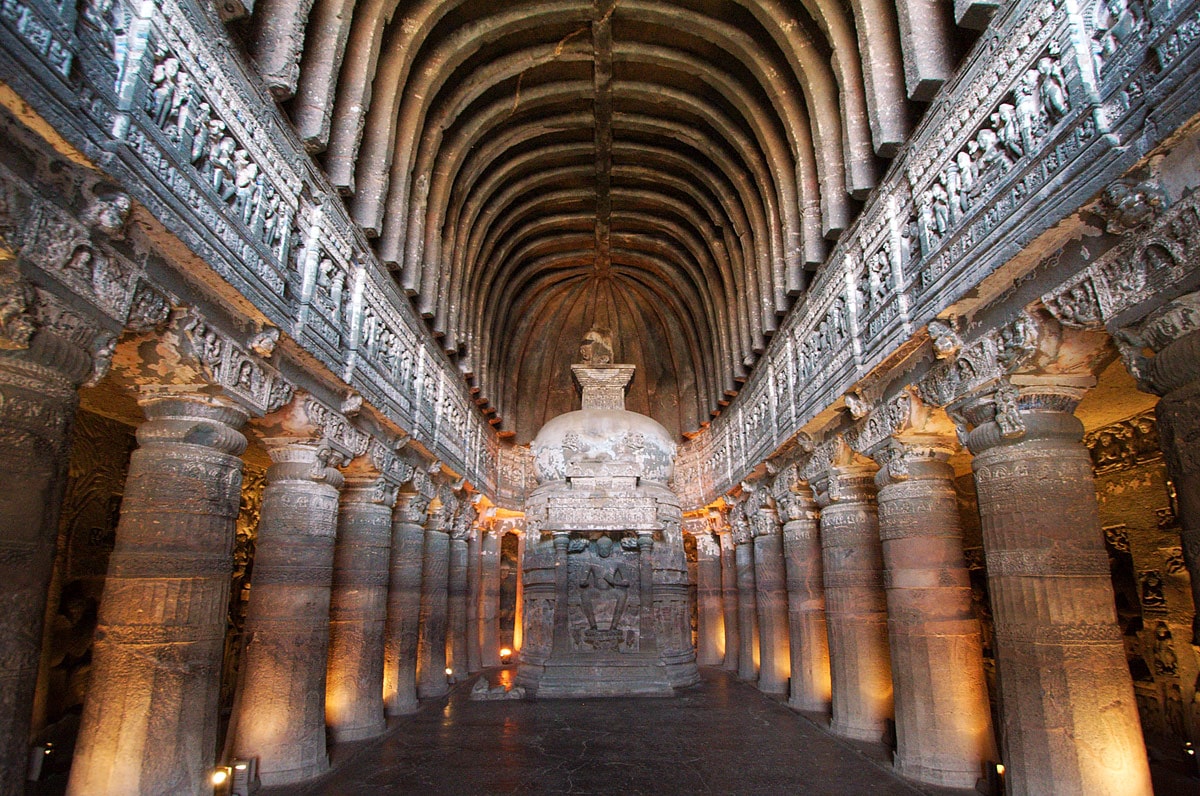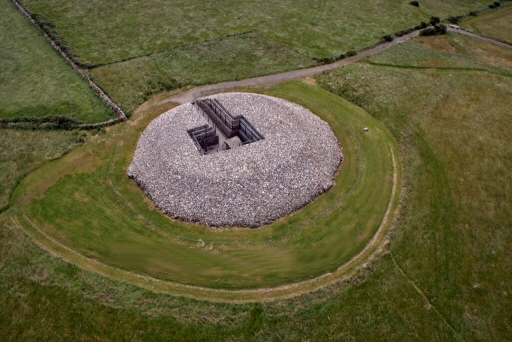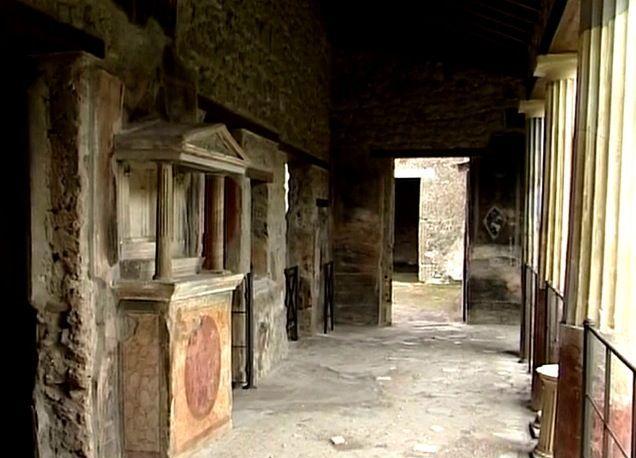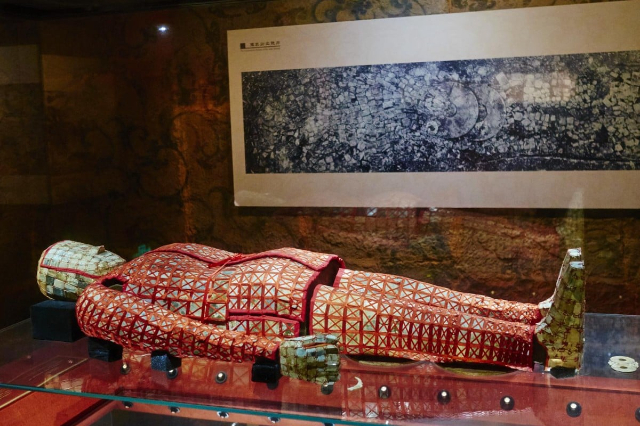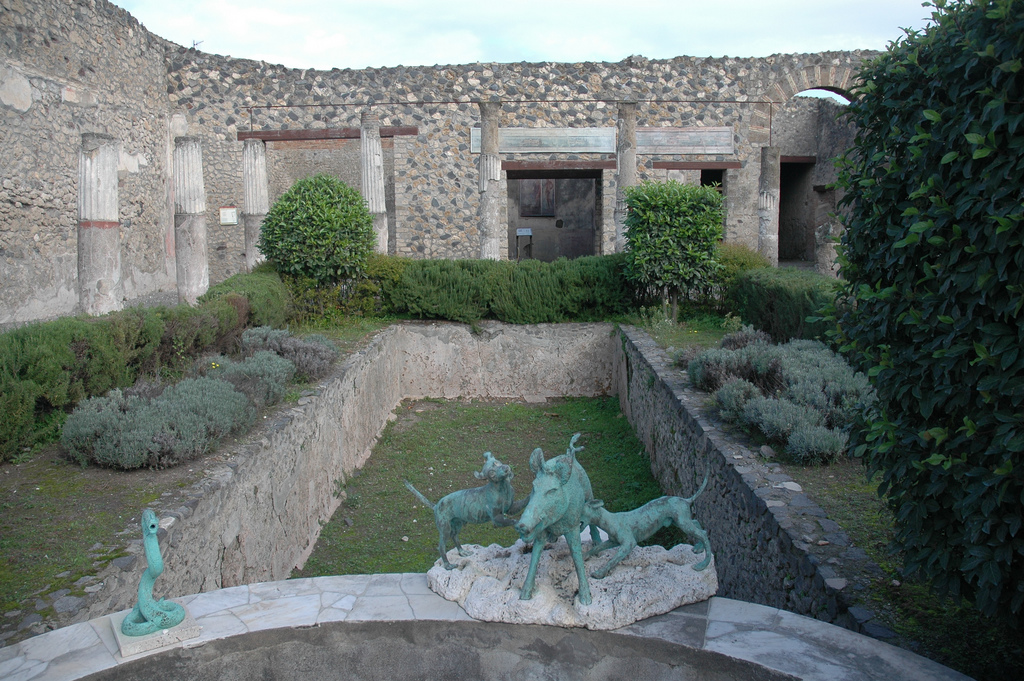The Ajanta Chaitya Hall is an ancient architectural marvel, comprising a structure or an artificial cave that includes an apse encircling a stupa. This unique design element categorizes it as a chaitya hall, a type of Buddhist shrine used for prayer and meditation. The Ajanta Chaitya Hall features tapering octagonal columns that lead to a rounded apse, which encloses the perfect dome of a tall stone stupa. These elements make the chaitya hall not only a spiritual space but also an architectural wonder.
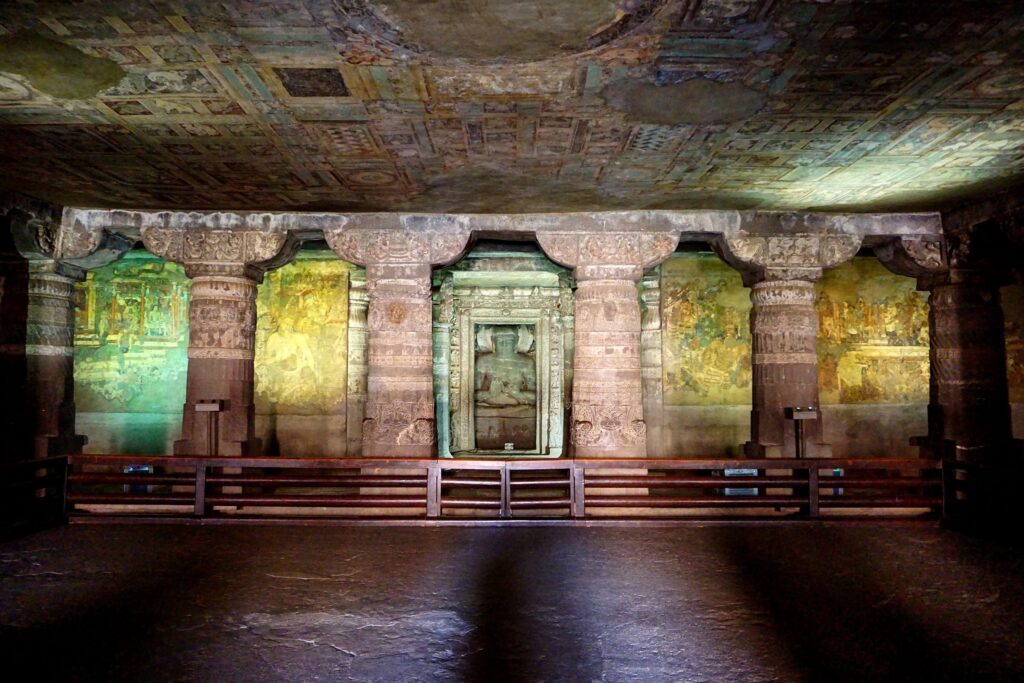
Dating back to around the 2nd century BCE, the Ajanta Chaitya Hall is recognized as one of the oldest existing rooms in the world, already centuries old when Emperor Augustus commenced the grand reconstruction of Rome. The historical and architectural significance of these caves places them among the earliest examples of rock-cut architecture in India.
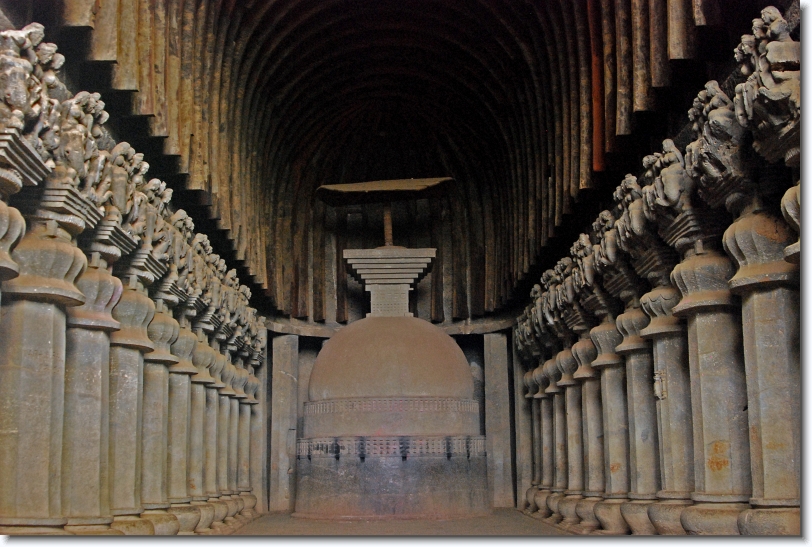
Located in Maharashtra, India, the Ajanta caves are part of a larger group of rock-cut monuments that are celebrated for their beautiful and intricate frescoes and carvings. The closest counterparts to the early caves at Ajanta are other rock-cut chaitya halls found in Western India at sites like Bhaja, Bedsa, and Pitalkhora. These sites collectively represent some of the earliest endeavors in stone to create spaces for religious and communal gatherings in Indian history.
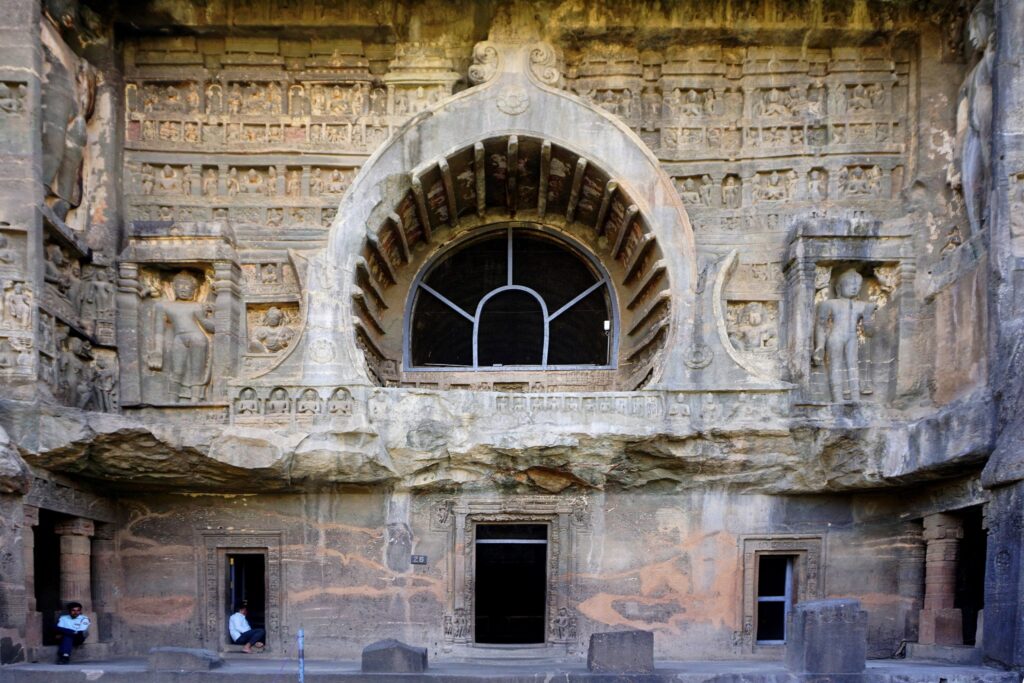
For travelers and history enthusiasts interested in exploring such ancient sites, Secret World offers comprehensive guides and in-depth information on these and many other lesser-known wonders. To make your journeys through history even more engaging, download the app from Secret World, the world’s most innovative travel app, and uncover the mysteries of ancient civilizations at your fingertips. The Ajanta Chaitya Hall stands as a testament to the ingenuity and spiritual devotion of its creators, offering a profound glimpse into India’s rich cultural and architectural heritage.

